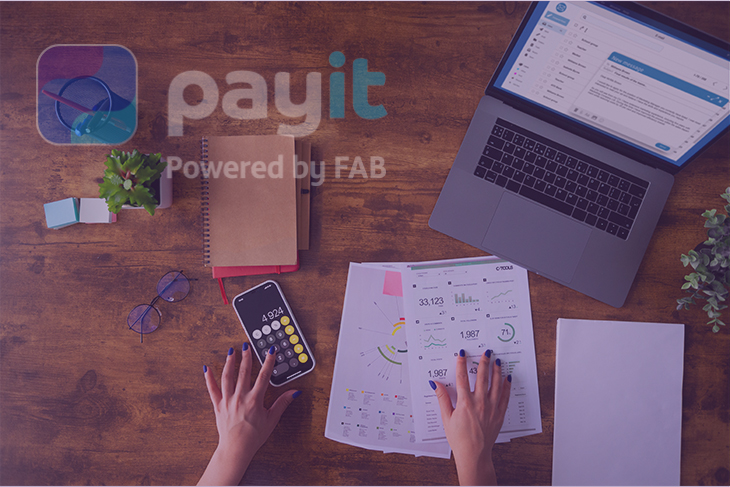Home » Cashless Payments Knowledge Hub » Student’s Guide to Expense Management – How to Manage Payments?

When you are studying in universities or high schools, you have a limited amount of money that you receive as pocket money. And with this, you have to manage all your expenses, be it your rent, daily commute, project, or other entertainment expenses.
It is a crucial skill to develop to determine whether you are overspending or wisely managing your expenses. In this article, we will cover the basics of expense management for students.
Here are some quick tips for you to keep track of your expenses and manage your payments.
You need to understand how much money you receive regularly, such as pocket money, income from part-time jobs, or other recurring funds. Then, you must consider all potential monthly expenses, such as rent (if you’re staying away from home), food, transportation, entertainment, etc.
Once this is done, you can set limits for your monthly expenses. This is called creating a budget. It is the first and most crucial step towards spending your money wisely.
Next, you should categorize your expenses into fixed and variable costs:
You can use the 50/30/20 rule as a guideline, allocating 50% of your income to needs, 30% to wants, and 20% to savings and financial goals.
An ideal expense management hack for you is to check what and how much you spent last month. When you get these insights, you will know how to spend in the existing and upcoming months. For example, if you spent a lot on eating out and shopping last month, reduce spending in these categories and find ways to save money.
One way to save on eating out is to eat home-cooked meals. For shopping, you must spend only when necessary, and you can look for offers and discounts while buying groceries, clothes, or other essential items.
For example, the Letsgo Payit card gives you offers from multiple brands, such as Noon, Namshi, Sephora, Clarks, etc. And, you can also win eGift vouchers that you can use further to shop for free.
You can explore how to manage your payments more efficiently, such as using mobile wallets to maximize your cash back rewards. For example, Payit is a mobile wallet app with which you can pay your bills, pay your domestic help, shop, dine, and send or receive money directly into your phone.
With this app, you can keep track of your spending digitally and you don’t need to worry about losing a physical receipt. You can only top up the amount that you need; this is one of the most efficient ways to control your spending.
With the Payit app, you can easily manage your payments from one app on your phone. You can pay bills, pay your friends, shop, dine, and receive money directly in your wallet. Your expense management skills are highly dependent on how you are making payments.
For example, if you make more cash payments, you may lose track of how much you spent last month. Whereas, if you use mobile wallets, you have a track for each expense, and you can maximize your cashback rewards and other offers.
Hence, you can manage your expenses smartly with smart wallets and limit your spending when you realize you have spent beyond your budget. For this, you need smart payment apps like Payit. Once you have them, you can manage your payments more efficiently while also enjoying offers and deals every month.
Download the Payit e-wallet app now.
